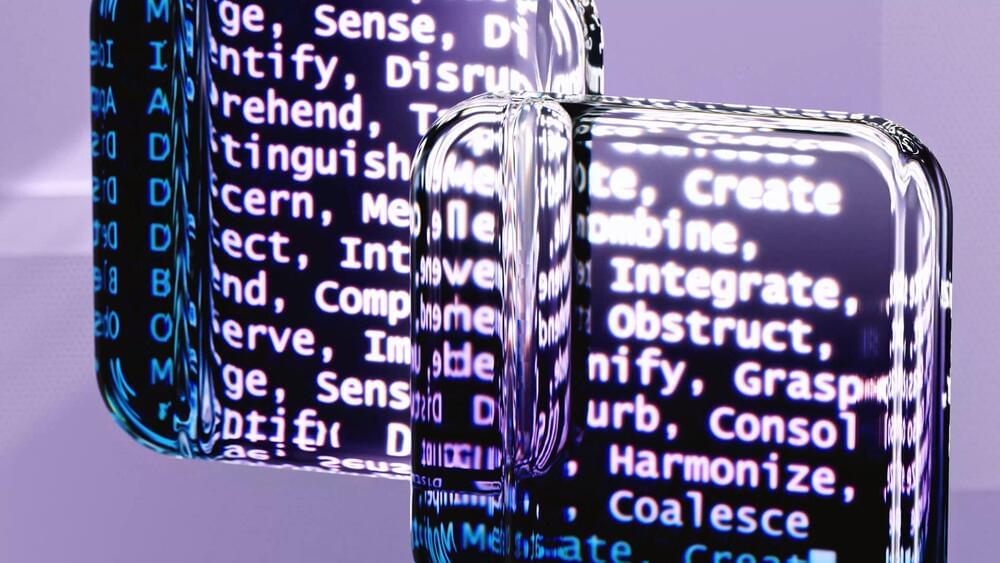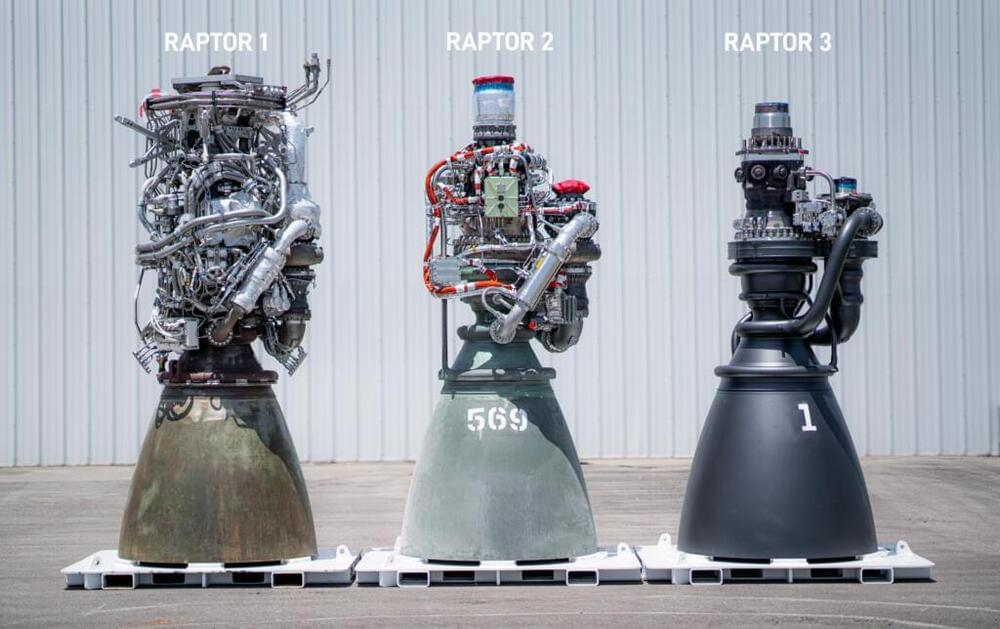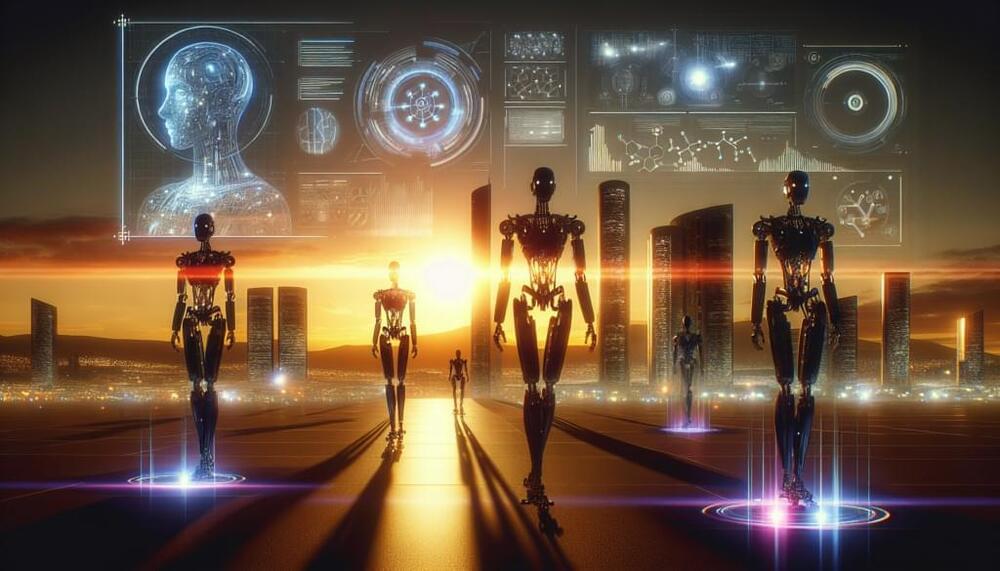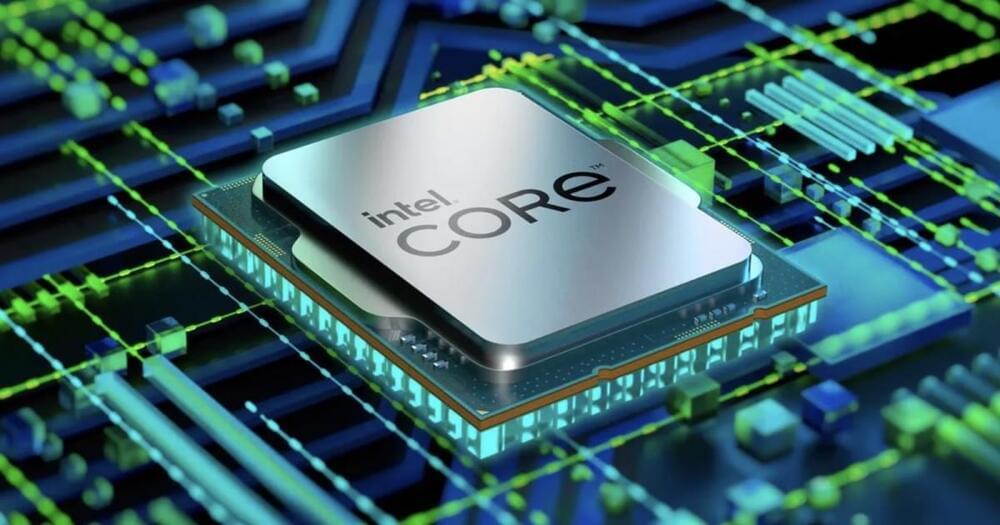This is a temporary transcription of Josha Bach’s talk on artificial intelligence philosophy at CCC 2023.
More informations here:
This is a temporary transcription of Josha Bach’s talk on artificial intelligence philosophy at CCC 2023.
More informations here:

Inspired by the map makers of the 20th Century, Imperial researchers have demonstrated a new way to identify copyright holders’ work in LLMs.
The technique was presented at the International Conference on Machine Learning in Vienna this week, and is detailed in this preprint on the arXiv server.
Generative AI is taking the world by storm, already transforming the day-to-day lives of millions of people.

SpaceX is targeting Sunday, August 4 for a Falcon 9 launch of 23 Starlink satellites to low-Earth orbit from Space Launch Complex 4 East (SLC-4E) at Vandenberg Space Force Base in California. Liftoff is targeted for 12:24 a.m. PT, with backup opportunities available until 3:52 a.m. PT. If needed, additional opportunities are also available on Monday, August 5 starting at 12:24 a.m. ET.

SpaceX has unveiled the Raptor 3 engine, marking significant advancements in thrust, specific impulse, and mass efficiency compared to previous versions. The Raptor 3 boasts a thrust of 280 tf, a specific impulse of 350s, and an engine mass of 1,525 kg. The SpaceX Raptor 3 engine has potential to exceed 300 tons of thrust in future iterations, emphasizing ongoing efforts to improve efficiency.
Raptor 3 is 36% lighter than Raptor 1. It has 51% more thrust at sea level versus raptor 1. Raptor 3 is 7% lighter than Raptor 2. It has 21% more thrust at sea level versus raptor 2. Elon Musk indicates that Raptor could get another 8–10% more thrust.
Raptor 3 has 2.75 million newtons of thrust versus 2.26 million newtons for the Raptor 2. 33 Raptor 3 engines would provide 90.75 million newtons of thrust for a 33 engine super heavy booster. 35 Raptor 3 engines would provide 96.3 million newtons of thrust for a 35 engine super heavy booster.

Chevron Corp. announced on Friday that it will also move its headquarters from California to Texas, just weeks after Elon Musk announced that SpaceX and X were fleeing for the Lone Star State.
The news came as the company reported its second-quarter earnings on Friday, which fell far short of profit expectations.
According to the company, Chevron’s headquarters will move from San Ramon, California, to Houston, Texas.
An analysis of how rhinoceros beetles deploy and retract their hindwings shows that the process is passive, requiring no muscular activity. The findings, reported in Nature, could help improve the design of flying micromachines.
Among all flying insects, beetles demonstrate the most complex wing mechanisms, involving two sets of wings: a pair of hardened forewings called elytra and a set of delicate membranous hindwings. Although extensive research exists on the origami-like folds of their wings, little is known about how they deploy and retract their hindwings.
Previous research theorizes that thoracic muscles drive a beetle’s hindwing base movement, but experimental evidence to support this theory is lacking.


Proving earlier rumors to be true, chip manufacturer Intel has announced its plans to fire over 15% of its total workforce, amounting to between 15,000 and 19,000 employees, in an attempt to save $10 billion in 2025.
In a note sent by Intel CEO Pat Gelsinger to the workers, the director sang a familiar song of the firings being very painful news and the hardest thing he’s ever done in his career, attributing the decision to leave thousands of people unemployed by declining profits as Intel is “yet to fully benefit from powerful trends, like AI”
To address the issues the company faces these days, the CEO aims to cut operational costs, simplify Intel’s portfolio, eliminate overlapping responsibilities, halt non-essential work, and reduce Intel’s capital expenditures for 2024 by over 20%, leaving the company’s overall IDM 2.0 strategy, which includes priorities such as “expanding manufacturing capacity in the US and EU” and “delivering AI everywhere”, unchanged.


A Mormon Transhumanist has trained a chatbot that was trained on his entire collection of writings, internet social media posts, and presentations.
I’ve merged with artificial intelligence. Well, I’m working on it. And I’m excited to share the results with you.
! Trained on everything that I’ve written publicly since 2000, he might be better at Mormon Transhumanism than I am.
Friends, I’m excited to introduce you to LincGPT! This artificial intelligence, built on the OpenAI platform, is designed to engage with you on topics related to technological evolution, postsecular religion, and Mormon Transhumanism. I’ve trained LincGPT on all of my public writings since the year 2000. That includes the following: